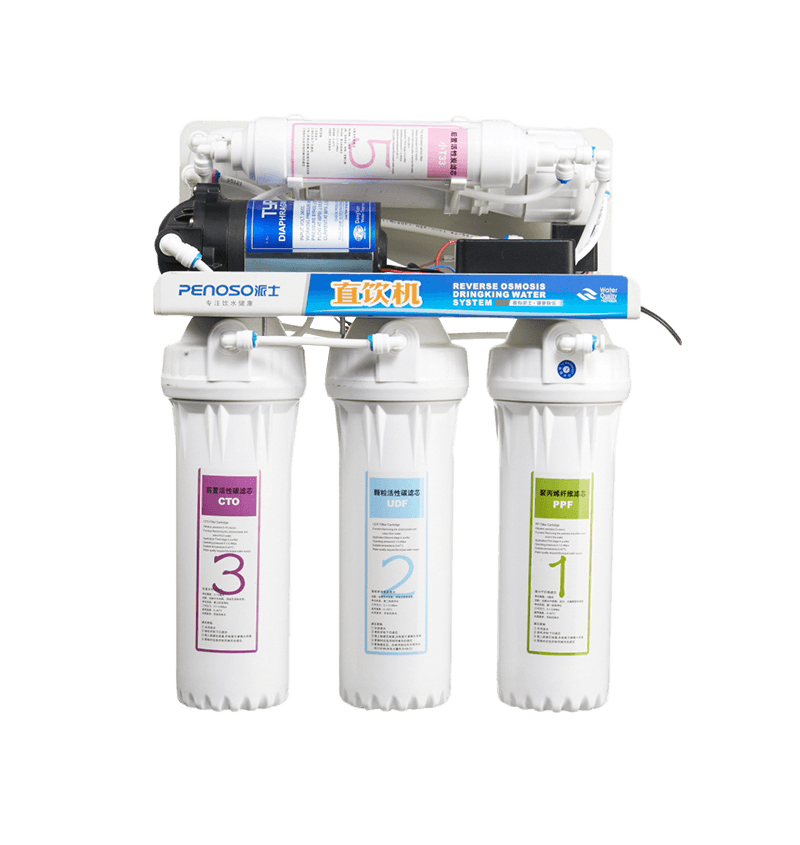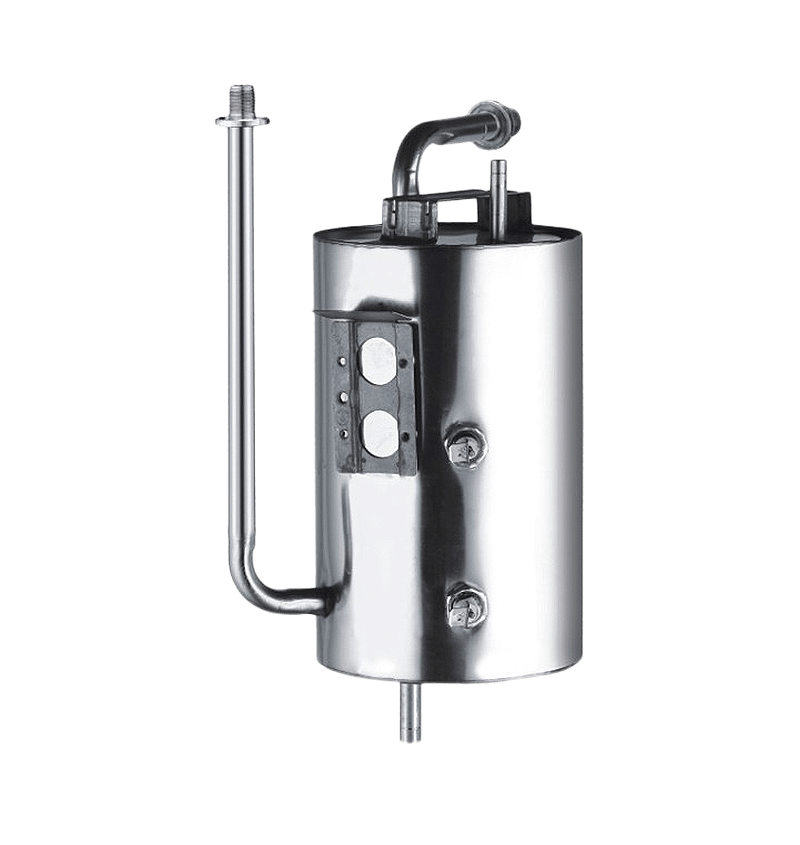Introduction to Water Dispensers and Regular Water Coolers
A water dispenser with ice maker and a regular water cooler are both designed to provide accessible drinking water in residential, commercial, and public environments. While these appliances may appear similar at first glance, their internal components, functionality, and user applications differ in several ways. A regular water cooler typically provides hot, cold, or room-temperature drinking water, relying on either bottled water or a direct water line. In contrast, a water dispenser with ice maker combines hydration with ice production, making it suitable for users who need both water and ice in a single unit. Understanding the distinctions between the two helps users choose a system that aligns with their daily needs and available space.
Core Functional Differences
The primary distinction between a water dispenser with ice maker and a standard water cooler lies in functionality. A regular water cooler focuses only on dispensing water, while the model with ice maker additionally produces and stores ice. This difference means the latter requires additional components such as an ice tray, cooling coils, and ice storage space. The integration of ice production allows a single unit to fulfill multiple purposes, often reducing the need for a separate ice machine. However, this added function also introduces different considerations for capacity, maintenance, and power usage.
Water and Ice Dispensing Capabilities
A regular water cooler dispenses cold, hot, or ambient water depending on the model. It does not generate ice, and users must rely on external ice trays, ice machines, or refrigeration units if they want chilled beverages with ice cubes or nuggets. A water dispenser with ice maker can provide both water and ice on demand. Some models produce cube-shaped ice, while others create bullet or nugget-shaped ice. The output volume varies by design, but most units can generate enough ice for household or small office use, making them more versatile in environments where chilled refreshment is a priority.
Internal Components and Design
The internal design of a regular water cooler is simpler, with components dedicated to heating or cooling water. These may include a compressor, a water tank, and a thermostat system. A water dispenser with ice maker contains all of these elements plus extra parts for ice production. These typically include an evaporator, ice molds, a refrigerant loop designed for freezing cycles, and an insulated storage compartment. The additional hardware increases the overall weight and size of the unit, which affects placement, support requirements, and installation planning.
Installation Requirements
Installation methods can differ significantly between a regular water cooler and a unit with an ice maker. A standard water cooler may function with a top-loading bottle or a bottom-loading reservoir. Some models connect to a direct water line without requiring drainage. Water dispensers with ice makers, however, often need both a water supply line and adequate drainage to manage melting ice or overflow. The presence of an ice maker may also necessitate sturdier electrical connections, especially when the appliance requires higher amperage. Planning the installation layout involves identifying nearby outlets, ensuring stable flooring, and confirming access to water and drainage connections.
Power Consumption and Energy Use
Both appliances require electricity to cool or heat water, but a water dispenser with ice maker generally uses more power due to the ice production cycle. The unit must freeze water, maintain ice storage, and sometimes run defrost or cleaning mechanisms, depending on the model. A regular water cooler consumes electricity primarily for temperature regulation of the water reservoir. The difference in power usage does not necessarily mean excessive energy consumption, but users should compare specifications to determine which option aligns with energy goals and operating budgets.
Space and Placement Considerations
Space availability often influences the choice between these two types of drinking water appliances. The presence of an ice storage compartment means that a water dispenser with ice maker generally occupies more space in width or depth compared to a standard water cooler. This may impact placement in smaller offices, kitchen corners, or compact break rooms. Regular water coolers, especially counter-height or compact models, can be easier to fit into narrow areas. Measuring available space and checking ventilation requirements helps ensure that the appliance can operate safely and efficiently without overheating.
Maintenance and Cleaning Needs
Maintenance requirements differ depending on the complexity of the system. A regular water cooler typically needs cleaning of the spouts, water tank, and drip tray. In contrast, a water dispenser with ice maker requires cleaning of the water lines, ice tray, ice bin, and internal freezing components. Filter changes may be necessary for both types, especially if the machine is connected to a tap water line. Proper maintenance ensures the quality of both water and ice, while preventing mineral buildup or residue that can reduce the efficiency of the compressor or cooling coils.
Water Source Compatibility
Regular water coolers commonly use bottled water or direct water lines. Bottled coolers require manual bottle replacement, while plumbed-in systems provide automatic refills from tap water. Water dispensers with ice makers generally use direct water lines to ensure consistent supply for both water dispensing and ice production. Some models support bottled water but require additional pumps or adapters. The choice of water source impacts how frequently the machine needs attention, such as bottle replacement or water filter maintenance.
Ice Production Features
A water dispenser with ice maker includes dedicated systems to freeze water and eject ice into a storage compartment. The rate of ice production varies by model. Some may produce enough ice for daily household use, while commercial units cater to higher demands. A regular water cooler lacks these features, focusing exclusively on the availability of cold, hot, or room-temperature water. This difference influences how users plan for gatherings, offices, or workplaces where iced beverages are popular. The presence of an ice bin also adds to the storage requirements within the machine.
User Convenience and Daily Use
Convenience is another factor that distinguishes the two appliances. With a water dispenser that includes an ice maker, users can obtain water and ice quickly without resorting to separate ice trays or ice makers. This is particularly helpful in office break rooms, waiting areas, and kitchens where ice is frequently needed. Regular water coolers still provide reliable access to water but require external solutions for ice. The placement of dispensing nozzles and ice outlets also impacts day-to-day use, especially if the unit has multiple temperature settings or a touchscreen control system.
Noise Levels During Operation
A water dispenser with ice maker can produce additional noise during ice production cycles. The freezing process may involve water flow, mechanical vibrations, or the ejection of ice into the storage bin. In contrast, regular water coolers are generally quieter as the compressor activates only for heating or chilling the water reservoir. Users who prioritize quiet operation for environments such as clinics or offices should consider both the average operating noise and the placement of the unit away from occupied seating areas.
Cost Differences
Because of the additional components required for ice production, water dispensers with ice makers often carry a higher purchase price than regular water coolers. The cost of ownership may also be slightly higher if filter cartridges are needed more frequently or electricity consumption is increased. Regular water coolers are available in a wide range of price points, offering options for basic hydration needs. Those considering the cost difference should evaluate whether the convenience of built-in ice production justifies the additional investment. Budget planning also takes into account long-term usage, maintenance supplies, and any necessary installation work.
Suitability for Different Environments
The environment in which the appliance will be used frequently determines the type selected. Households, small offices, or workshops may find a regular water cooler adequate if ice is rarely needed. However, settings such as cafeterias, company lounges, and event spaces may benefit from the integrated ice-making feature to accommodate larger groups. A water dispenser with ice maker simplifies the distribution of both water and ice in these environments, while reducing the need to purchase or store ice separately. The choice depends on frequency of use, number of users, and the volume of consumption.
Comparative Table of Key Differences
The table below summarizes some of the main differences between a water dispenser with ice maker and a regular water cooler:
| Feature | Water Dispenser with Ice Maker | Regular Water Cooler |
|---|---|---|
| Primary Functions | Dispenses water and produces ice | Dispenses water only |
| Internal Components | Includes ice molds, refrigerant loop, and ice bin | Focused on water heating and cooling |
| Installation | May require water line and drainage | May use bottled water or basic water line |
| Power Usage | Higher due to ice production | Lower overall power demand |
| Space Needs | Generally larger footprint | Typically more compact |
| Maintenance | Requires cleaning ice components | Cleaning limited to water lines and reservoirs |
| Cost | Typically higher initial and operational cost | More budget-friendly options |
| Noise Level | May produce noise during ice cycle | Usually quieter |
Cleaning and Hygiene Considerations
The cleaning routine for a water dispenser with ice maker extends beyond the water dispensing elements. Ice trays, bins, and channels need periodic sanitation to prevent buildup of minerals or bacteria. Some models incorporate self-cleaning features or require manual disinfection at set intervals. Regular water coolers require fewer steps, usually involving cleaning of the dispenser taps, water tank, or drip tray. Users should follow the manufacturer's guidelines to keep both types of appliances hygienic. Regular filter replacement further ensures the quality of the water and, if applicable, the ice produced.
Design and Aesthetic Options
In terms of appearance, water dispensers with ice makers may feature larger bodies to accommodate the ice-making mechanism. They can resemble a combination of a water cooler and compact ice machine. Regular water coolers, especially slim or countertop styles, offer more compact designs. Some water dispensers with ice makers include digital controls, LED indicators, and push-button panels. Meanwhile, regular water coolers may rely on simpler mechanical faucets or one-touch hot and cold dispensers. Selecting an appliance that complements the surrounding space involves considering both appearance and size.



 English
English عربى
عربى Português
Português Español
Español








